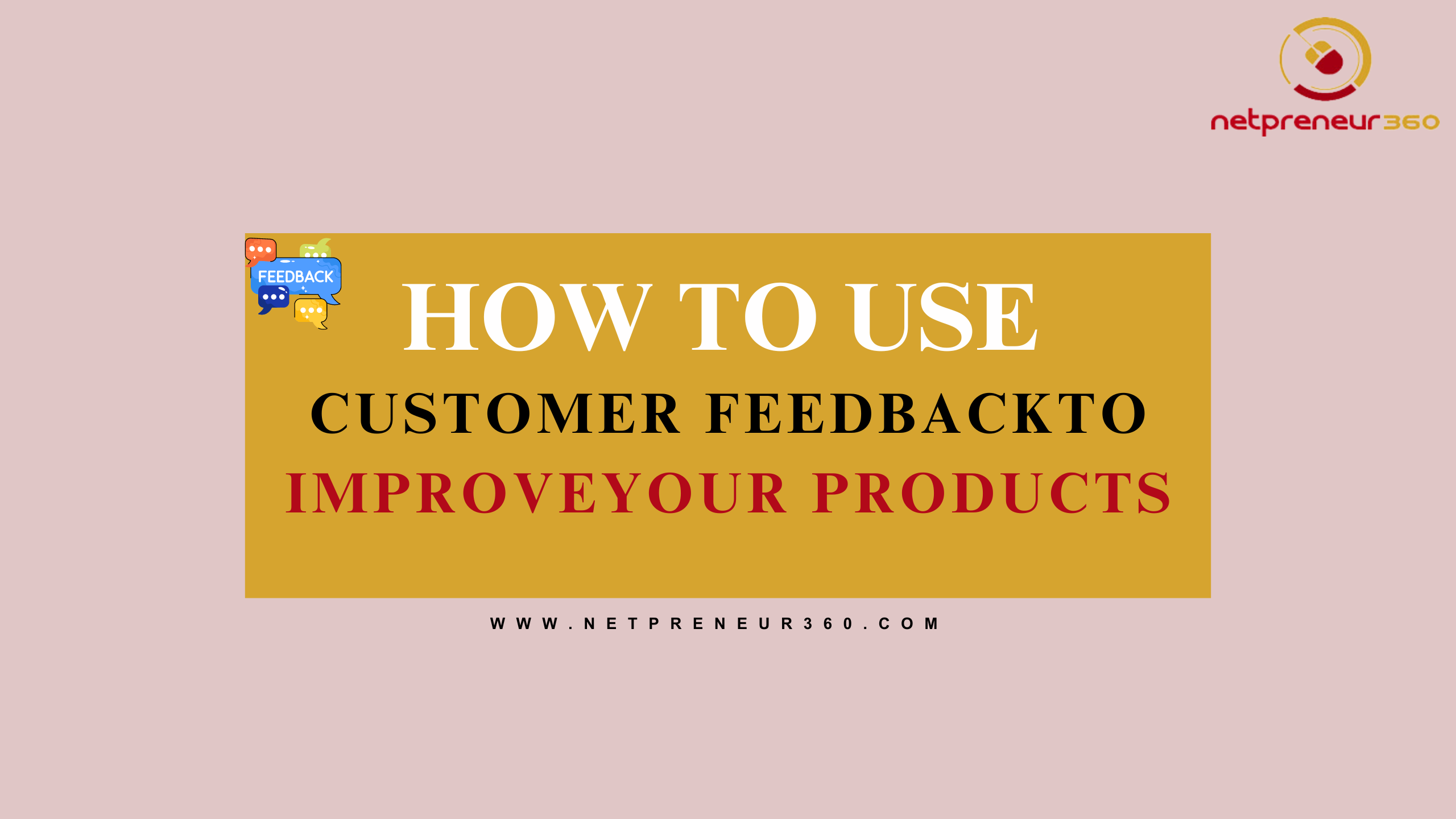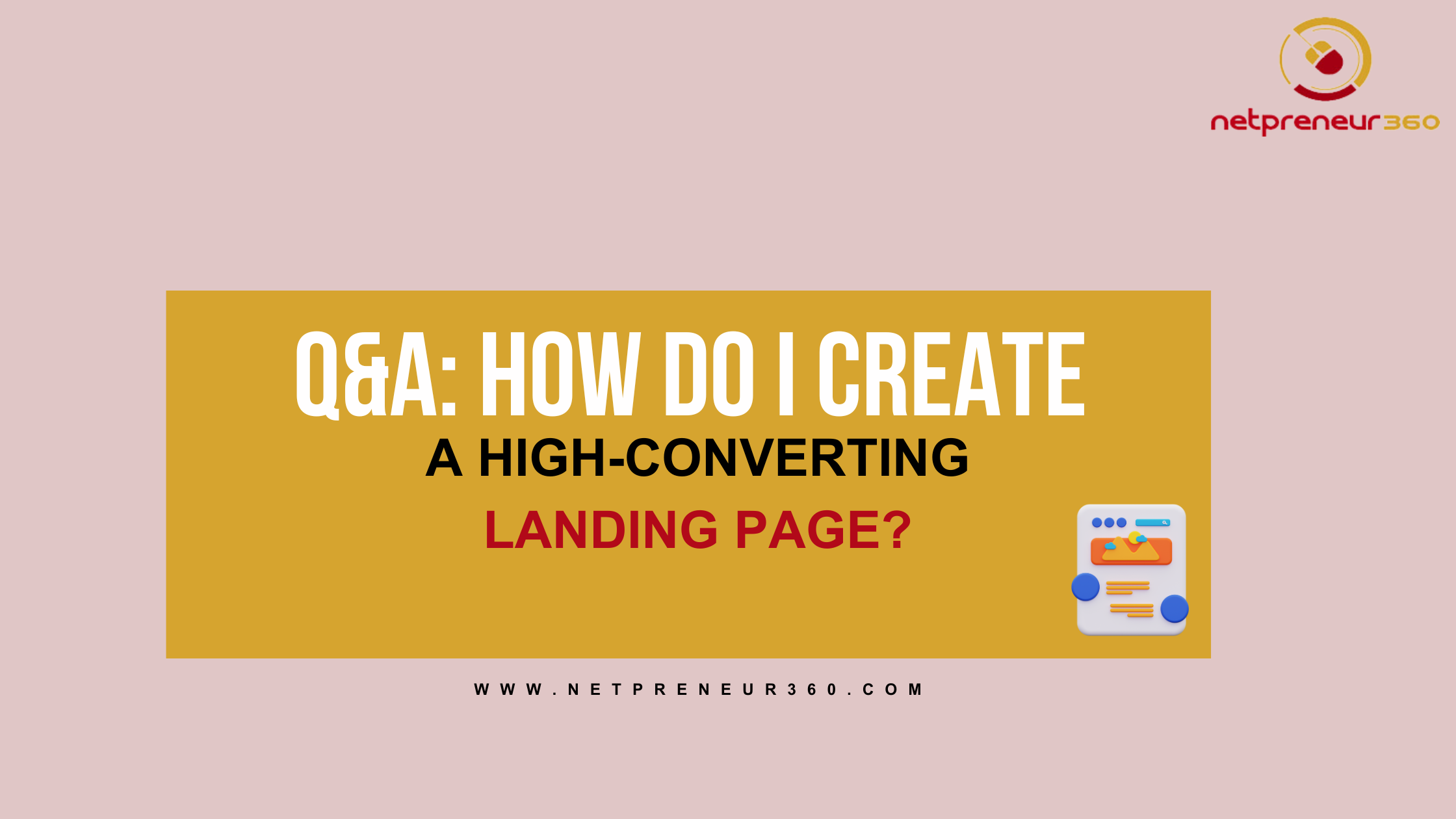Driving traffic to your website is crucial for online success, whether you’re an entrepreneur, blogger, or small business owner. Without consistent traffic, your site won’t generate the leads, sales, or engagement needed to grow. In this guide, we’ll explore the best ways to drive traffic to your website, with practical tips that are easy for beginners and rookies to implement. Let’s dive into some proven strategies to get more visitors to your site!
1. Optimize Your Website for Search Engines (SEO)

Search Engine Optimization (SEO) is one of the most effective ways to drive organic traffic to your website. By optimizing your content and website structure, you can rank higher on search engine results pages (SERPs), making it easier for people to find you.
Key SEO Tips for Beginners:
- Use Relevant Keywords: Research keywords related to your niche and incorporate them naturally into your content, titles, and meta descriptions.
- Create High-Quality Content: Write valuable, informative, and engaging content that answers your audience’s questions.
- Optimize On-Page Elements: Ensure that your URLs, title tags, headings, and images are optimized for SEO.
Key Phrase Insight: Using relevant keywords strategically throughout your site helps search engines understand your content, improving your visibility and driving organic traffic.
2. Leverage Social Media Platforms

Social media platforms are powerful tools for driving traffic to your website. By sharing your content on platforms like Facebook, Instagram, Twitter, and LinkedIn, you can reach a broader audience.
How to Use Social Media Effectively:
- Share Valuable Content: Regularly post links to your blog posts, videos, and other content that adds value to your followers.
- Engage with Your Audience: Respond to comments, join relevant groups, and participate in discussions to increase your reach.
- Use Eye-Catching Visuals: Posts with images, videos, and infographics tend to get more engagement and clicks.
Key Tip: Focus on the platforms where your target audience is most active to maximize your social media traffic efforts.
3. Start a Blog and Publish Consistently

Blogging is an excellent way to drive traffic by providing valuable information to your audience. Regularly updating your website with fresh content keeps your visitors engaged and encourages them to return.
Blogging Tips for Traffic Generation:
- Focus on Evergreen Content: Write articles that remain relevant over time, such as how-to guides, lists, and tutorials.
- Use Internal Linking: Link to other relevant articles on your site to keep readers engaged and reduce bounce rates.
- Encourage Social Sharing: Add social sharing buttons to your posts to make it easy for readers to share your content.
Key Phrase Insight: Consistent blogging not only drives traffic but also helps establish your authority in your niche, attracting more visitors.
4. Utilize Email Marketing
Click Here To Download Our E-Book

Email marketing remains one of the most effective ways to drive repeat traffic to your website. Building an email list allows you to directly reach your audience with updates, promotions, and new content.
Getting Started with Email Marketing:
- Create a Lead Magnet: Offer a freebie like an ebook, checklist, or discount in exchange for email sign-ups.
- Send Regular Newsletters: Keep your subscribers engaged by sending weekly or monthly updates with links to your latest blog posts or offers.
- Personalize Your Emails: Use your subscribers’ names and segment your list to send more targeted content.
Key Tip: A well-crafted email campaign can significantly boost your website traffic by bringing subscribers back to your site.
5. Collaborate with Influencers and Guest Bloggers

Collaborating with influencers or guest bloggers can expose your site to new audiences. When influencers share your content or guest bloggers write for you, their followers are likely to visit your website.
Ways to Collaborate:
- Guest Posting: Write guest posts for popular blogs in your niche to reach a wider audience.
- Influencer Partnerships: Partner with influencers who align with your brand to promote your content or products.
- Content Swaps: Exchange content with other bloggers or websites to cross-promote each other’s work.
Key Phrase Insight: Influencer marketing and guest blogging can give your website a significant traffic boost by tapping into established audiences.
6. Run Paid Advertising Campaigns

Paid advertising can quickly drive traffic to your website, especially when combined with organic strategies. Platforms like Google Ads, Facebook Ads, and Instagram Ads offer targeted advertising options to reach your ideal audience.
Getting Started with Paid Ads:
- Set a Budget: Start small to test what works before committing to a larger ad spend.
- Target Your Audience: Use demographic, interest, and behavior targeting to reach your potential customers.
- Track Your Results: Monitor your ad performance and adjust your strategy to maximize ROI.
Key Tip: Paid ads are a quick way to get traffic, but they should be used strategically alongside organic methods for the best results.
7. Engage in Online Communities and Forums

Participating in online communities and forums can drive traffic to your website while establishing your authority in your niche. By providing value and answering questions, you can attract visitors back to your site.
Popular Communities to Join:
- Reddit: Find subreddits related to your industry and engage with users by providing helpful answers and sharing your content.
- Quora: Answer questions related to your expertise and include links to relevant blog posts.
- Niche Forums: Join industry-specific forums and contribute to discussions to build credibility and drive traffic.
Key Tip: Always prioritize providing value over self-promotion to build trust and drive genuine traffic.
8. Optimize for Mobile Users

With the majority of web traffic now coming from mobile devices, ensuring your website is mobile-friendly is crucial for retaining visitors. A responsive, fast-loading site improves user experience and keeps visitors coming back.
Mobile Optimization Tips:
- Use a Responsive Design: Ensure your website adapts to different screen sizes and devices.
- Improve Page Speed: Compress images and use a content delivery network (CDN) to speed up your site.
- Simplify Navigation: Make sure your menu and buttons are easy to click on smaller screens.
Key Phrase Insight: A mobile-optimized site not only improves traffic but also enhances user satisfaction, reducing bounce rates.
9. Analyze Your Traffic Data

Understanding where your traffic comes from and how visitors interact with your site is crucial for refining your strategy. Use tools like Google Analytics to monitor your performance and make data-driven decisions.
Key Metrics to Monitor:
- Traffic Sources: See which channels bring the most visitors (organic, social, direct, etc.).
- Bounce Rate: Identify pages where visitors leave quickly to improve content and design.
- Conversion Rate: Track how well your website converts traffic into leads or sales.
Key Tip: Regularly reviewing your analytics helps you identify what’s working and adjust your tactics to drive even more traffic.
Conclusion
Driving traffic to your website doesn’t have to be complicated. By implementing these practical strategies, you can steadily increase your website’s visitors, enhance engagement, and ultimately grow your business. Focus on combining both organic and paid methods, and don’t forget to analyze your performance regularly to refine your approach. Start with one or two strategies that resonate with your goals, and watch your traffic grow!


















